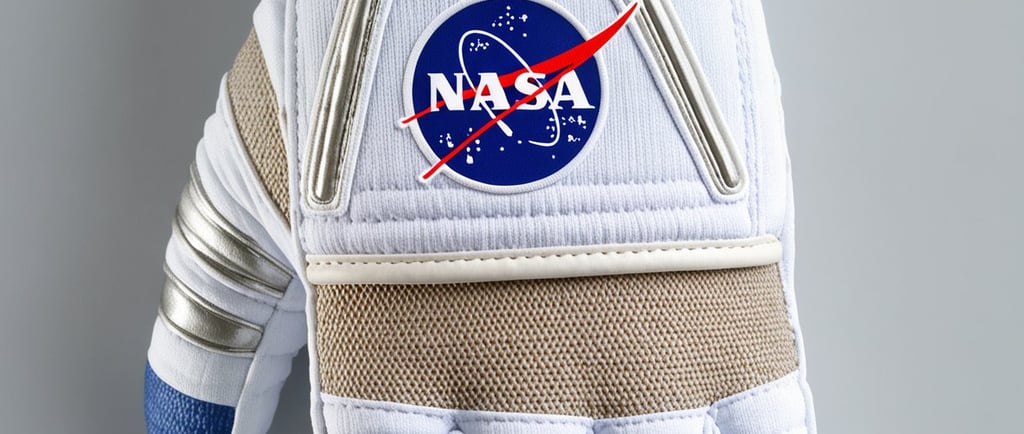Preparing NASA's Spacesuit Glove for Cold Conditions


Introduction to NASA's Extravehicular Mobility Unit
The world of space exploration is constantly evolving, and at the forefront of this progress is NASA's Extravehicular Mobility Unit (EMU). A key component of the EMU is the spacesuit glove, designed to protect astronauts during spacewalks, or extravehicular activities (EVAs), particularly aboard the International Space Station (ISS). As part of the ongoing enhancements for future missions, these gloves undergo rigorous testing to ensure their reliability and performance in the harshest environments.
CITDEL: The Testing Chamber for Impactful Research
NASA's Jet Propulsion Laboratory (JPL) in Southern California houses a unique facility known as the CITDEL (Cryogenic Ice Testing, Acquisition Development, and Excavation Laboratory). This one-of-a-kind chamber is where NASA prepares its spacesuit gloves for thermal vacuum testing. This critical testing phase simulates the extreme thermal and vacuum conditions that astronauts will face in space. During these tests, the gloves are subjected to conditions mimicking temperatures as low as -352 degrees Fahrenheit, which corresponds to the frigid environment potential Artemis III astronauts could encounter on the Moon's South Pole.
Importance of Extreme Condition Testing
The primary goal of testing NASA's spacesuit glove under such harsh conditions is to ensure astronaut safety and performance. As space missions become increasingly ambitious, the requirements for spacesuits are evolving. Gloves must not only provide protection against extreme temperatures and vacuum but also maintain dexterity for intricate tasks. The design of the glove includes advanced materials that must withstand harsh conditions while allowing astronauts to operate effectively.
Through comprehensive testing at CITDEL, NASA can evaluate how materials perform under prolonged exposure to extreme cold and vacuum. This ensures that the gloves will not fail during critical moments of a spacewalk. Additionally, engineers assess how the glove interacts with other components of the EMU, ensuring a seamless integration that prioritizes astronaut safety and mission success.
The innovations derived from these tests are vital for the future of space exploration. With missions to the Moon and Mars on the horizon, having reliable and functional spacesuit gloves will play a crucial role in the safety and effectiveness of astronauts as they conduct scientific research and explore new frontiers.
In conclusion, the thermal vacuum testing of NASA's spacesuit glove is an indispensable part of ensuring that our astronauts are equipped to face the harshest conditions in space. With ongoing advancements and meticulous testing in places like CITDEL, NASA is paving the way for a new era of exploration, keeping the safety and success of astronauts at its core.
